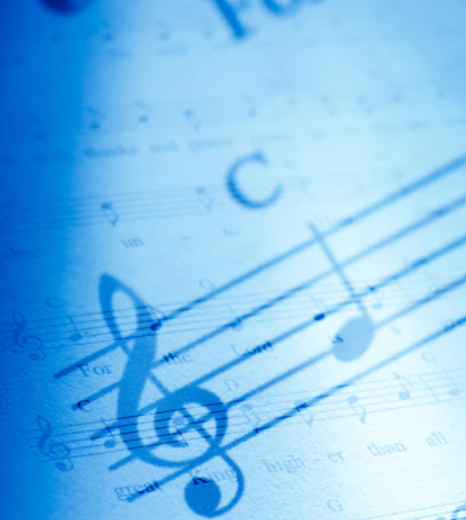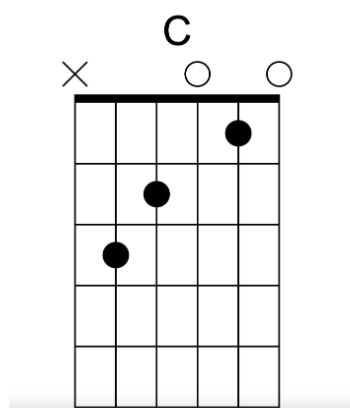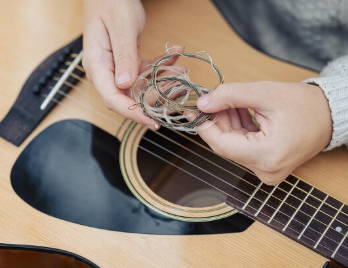Everything You Need To Know About How To Play C Chord

Learning to play the guitar involves mastering various chords, and one of the most essential ones for beginners is the C chord. While it may present a bit of a challenge initially, the C chord is widely used and produces a pleasant, resolved sound that enhances musical compositions. In this article, we will explore the finger placement and formation steps required to play the C chord accurately, as well as its significance in chord progressions, harmonization, transitions, accompaniment, and songwriting. Whether you’re starting your guitar journey or seeking to expand your chord repertoire, mastering the C chord will undoubtedly be a valuable skill.
To play the C chord, follow these instructions: (C Major Chord)

Finger Placement:
Utilize three fingers, aiming to strum across the five highest-pitched strings. Your ring finger may require extra stretching to reach the third fret with precision. Ensure your fingers are curved enough to press down on the strings without touching the neighboring ones, preventing any muffling of sound. The C Chord is one of the harder beginner stretches on guitar. But the best-sounding chord sometimes (and widely used!)
Formation Steps:
- Initial Step: Position your index finger on the second string’s first fret.
- 2nd Step: Your middle finger should find its place on the fourth string’s second fret.
- 3rd Step: Lastly, your ring finger needs to press down on the fifth string at the third fret.
Strumming Technique:
- Strum downwards across the five lightest strings. The heaviest string should remain silent for this chord.
How the C Chord is Derived (C Major)
To derive the C major chord from the C major scale, you take the first, third, and fifth notes of the scale. The C major scale consists of the notes C, D, E, F, G, A, and B.
- The first note, C, is the root of the chord.
- The third note, E, provides the major third, which gives the chord its major quality.
- The fifth note, G, completes the chord with a perfect fifth.
When these three notes are played together, they form the C major triad (c chord), which is the simplest form of the C major chord. On a guitar, additional octaves of these notes may be included to create a fuller sound, but the chord will always contain at least these three notes.
The C chord can be used in a variety of ways:
- Progressions: It’s commonly found in a multitude of chord progressions, especially in Western music, due to its pleasant, resolved sound.
- Key Chord: In any piece of music in the key of C major, it often serves as the home chord, or tonic, where musical phrases start and finish.
- Harmonization: It harmonizes melodies that use notes from the C major scale.
- Transitions: It can act as a transitional chord, moving smoothly to or from various other chords within the key of C major or in a key change.
- Accompaniment: It provides a harmonic backdrop for vocalists or other instruments playing in the same key.
- Educational: As a basic chord, it’s used for teaching guitar and music theory, often being one of the first chords beginners learn.
- Songwriting: Songwriters use it to craft songs due to its versatility and consonant sound.





